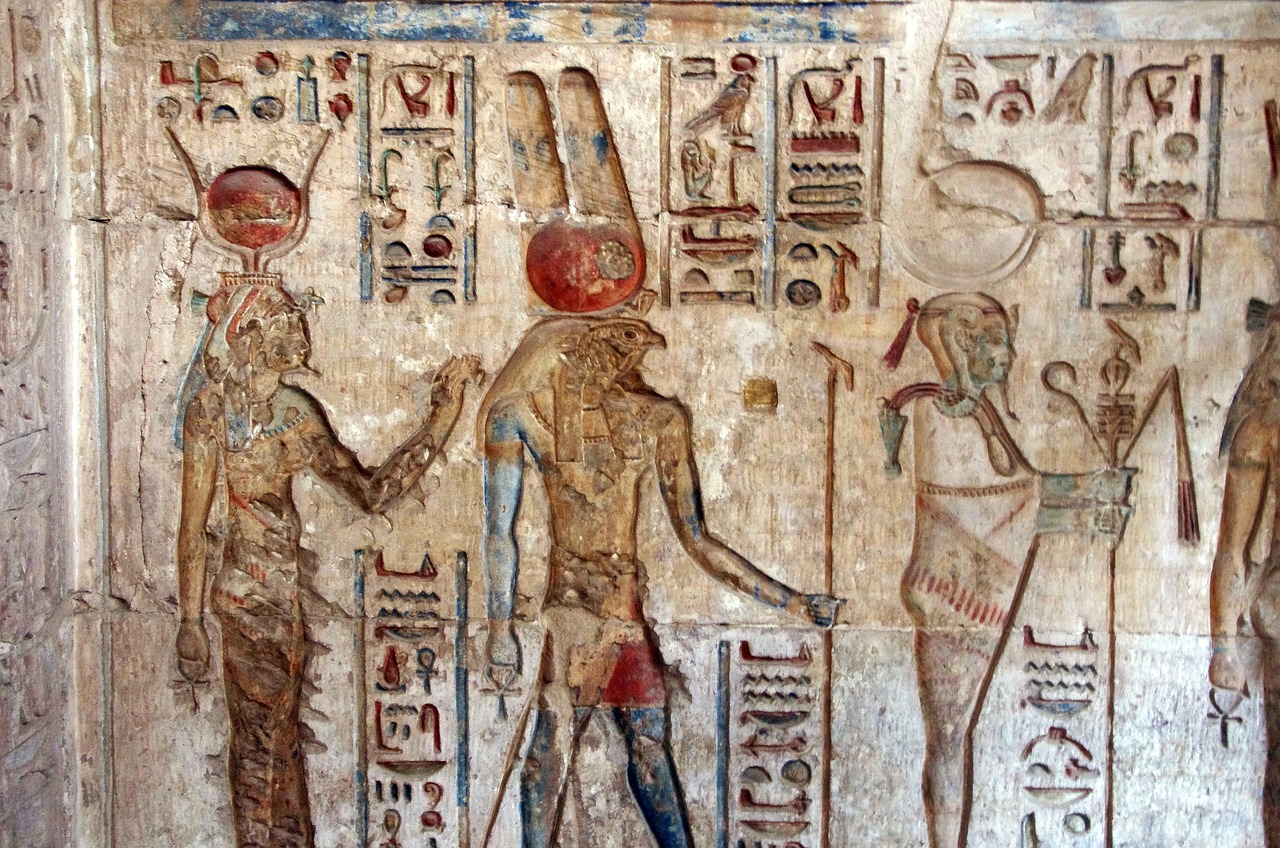Isis, the revered deity of ancient Egypt, stands out remarkably among the pantheon for her vocal interactions with both gods and mortals. Her widespread influence and character evolved notably post-Alexander the Great’s conquest of Egypt in 332 BC, intertwining her narrative with Greek culture. This essay delves into Isis’s oral engagements recorded in pharaonic texts from the Old Kingdom and explores how her communicative prowess played a pivotal role in her transformation into a universal goddess during the Greco-Roman era.
The Role of Dialogue in Isis’s Mythology
Central to the study of Isis is her dynamic interactions with other deities, especially Osiris, her brother and spouse, and Horus, her son. Ancient Egyptian texts highlight her dialogues, instances of mourning, and acts of resilience following Osiris’s murder by Seth. Through various funerary texts, such as the Coffin Texts and Pyramid Texts, we observe Isis lamenting for Osiris and offering him solace. Her words not only embody her grief but also act as catalysts for resurrection and protection, showcasing her unique ability to manipulate fate through eloquence.
Oral Traditions and the Symbolic Nature of Speech
Isis’s speeches in funerary rites illustrate the performative aspect of her language; utterances are infused with magical significance that can invoke powerful transformations. For instance, her expressions of mourning contribute to the mummification practices, emphasizing the importance of spoken language in embodying the deceased’s transition to the afterlife. The act of remembering through speech becomes a form of social action, reinforcing collective ties to the divine.
The Transformation into a Universal Deity
In the Hellenistic period, Isis’s cult adapted to various Mediterranean contexts, reflecting her capacity to resonate with diverse populations. Her narrative was reshaped, eliminating references to Osiris in some versions, reflecting a cultural need to detach from Egyptian paradigms of death and resurrection. The emergence of Serapis as her consort in Greco-Roman regions demonstrated the evolving interpretation of her traits, integrating her healing attributes with those traditionally reserved for male deities.
Analyzing the Themes of Healing and Protection
Isis’s role as the healer, alongside her son Horus, is crucial in the narratives prevalent in both Egyptian and Hellenistic texts. She embodies the archetype of the protective mother, employing her magical skills to heal and safeguard her children, both divine and mortal. This theme of protective motherhood cements her status as a figure of comfort and solace, distinct from other goddesses of the era.
Conclusion: The Enduring Legacy of Isis
The legacy of Isis exemplifies the fluidity of divine narratives, where interactions between language, ritual, and cultural shifts mirror the broader transitions from polytheism to monotheism. Her evolution from an Egyptian goddess steeped in familial ties and spoken rituals to a universally recognized deity underscores a significant transformation in religious thinking, indicating her lasting impact on future religious paradigms.
Through her multiple roles, ranging from mournful protector to powerful mother, Isis encapsulates the essence of communication as a formative aspect of both myth and ritual, paving ways for understanding divine intercessions in human affairs.



